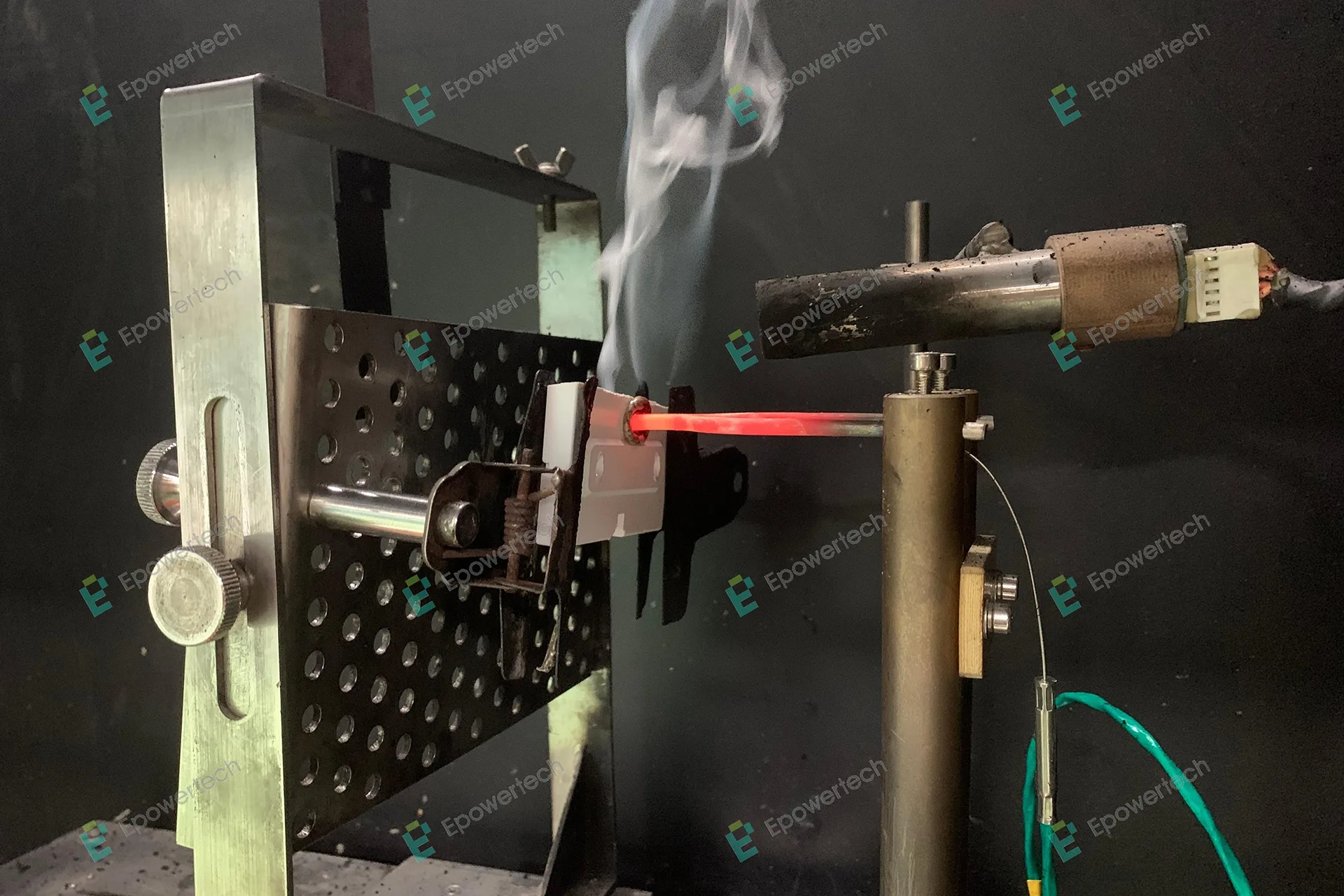Fire Protection Standards for Emergency Lights
UL94 Fire Rating
The UL94 fire rating system classifies plastics into several levels based on their flame retardancy. These levels range from V-0, which is the highest, to V-1, V-2, and finally HB, which is the lowest.
- V-0: When a sample undergoes two 10-second burn tests, the flame must extinguish within 30 seconds and no burning material can fall.
- V-1: After two 10-second burn tests, the fire should extinguish within 60 seconds, and again, no burning material can fall.
- V-2: In this case, after two 10-second burn tests, the flame extinguishes within 60 seconds, but burning material may fall.
- HB is the least flame retardant level as per UL94 and CSA C22.2 No 0.17 standards.
Glow Wire Rating
The ignition temperatures for glow wire testing vary. In Europe, the non-current-carrying standard is 650°C, while in Australia, it's 750°C. For both Europe and Australia, the glow wire standard for current-carrying materials is 850°C. The determining factor is that if the test sample extinguishes within 30 seconds after the removal of the glow wire, it is considered compliant. Glow wire testing is part of Epower's quality assurance process for plastic materials.

Difference between Glow Wire Test and UL94 Fire Test
Glow wire testing and UL94 are significant methods for evaluating the flame retardancy of plastics. Glow wire testing is an indirect flame combustion approach, whereas UL94 is a direct flame combustion method. Glow wire testing assesses plastics through electrical heating, simulating the situation where plastics in direct contact with metal wires, such as in emergency lights and signs, might face excessive heat release due to metal wire overload or short circuit. This test provides an early warning to prevent the use of inappropriate plastics in incorrect applications.
On the other hand, UL94 mainly simulates the flame retardant diffusion ability of plastics under open flame and is more applicable to plastic products not in direct contact with metal.